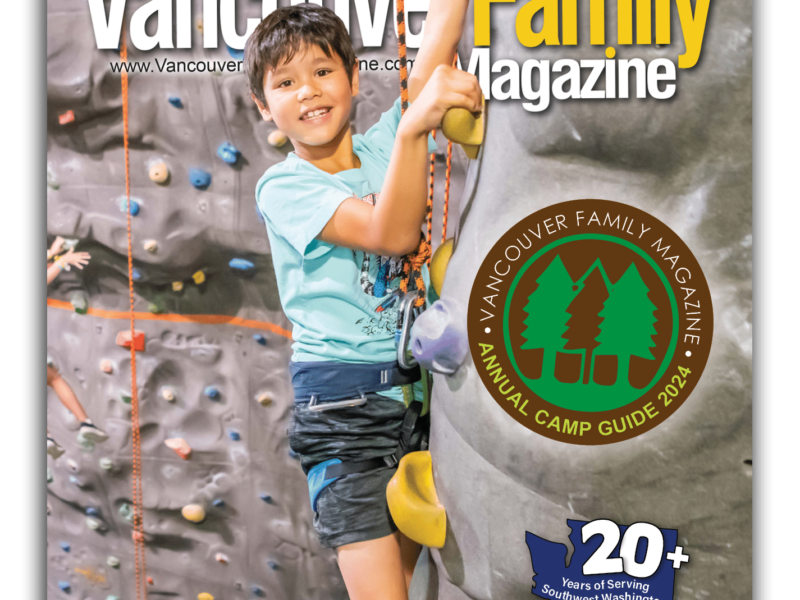
Creating a Safe Back-to-School Experience
In just a few short weeks green leaves will turn to colorful oranges and yellows, the warm summer nights will become crisp and cool, and lazy cartoon mornings will become rushed and chaotic adventures. As much as it pains me to say it, the 2016-2017 school year is almost upon us. For some, this will be a first, first day of school—kindergarten. For others, it will be a last, first day of school—high school seniors. And then, there will be all of those in between—elementary school, middle school, and high school.
For each of these groups, the new school year brings different risks of injury and harm which apply with more force and vigor than during the summer months. Because the risks vary somewhat, it can be helpful to look at each age group separately:
Elementary School:
- Contact Information – Make sure your child knows his or her address, phone number, and how to get a hold of you—or a trusted friend or family member—during the day. This can be critically important in case of an emergency or sickness. Your child’s school may already have this information, but it’s important for your child to be able to recite the information from memory.
- Stranger Danger – Teach your child to not talk to strangers, to never accept a ride from someone they don’t know, and to tell a trusted adult if they are approached by someone they don’t expect. This seems like a given, something our children already know, but a quick YouTube search for “what would your child do if approached by a stranger” is alarming evidence that it’s not a given, and our children don’t know. Talk to them.
- Bus Safety – Talk to your child about bus safety. Even if they don’t normally ride the bus, they will likely take the bus to and from school-sponsored field trips. Teach your children the following basic safety rules: (1) board only after the bus has come to a complete stop and the driver has motioned for the children to begin boarding, (2) only board the assigned, bus and never an alternate one, (3) never walk behind the bus, (4) cross the street at the corner or at a crosswalk, (5) obey all traffic signals, (6) never “dart” out into the street.
- Car Safety – Talk to your child about car safety. As with bus safety, even if they normally will be riding the school bus, an annual refresher is a good habit to get into. RCW 46.61.687 requires children 8 and under (or 4’9” or taller) to be restrained in an appropriate child restraint system (car seat or booster seat).
- Street Smarts – Many children don’t take the bus or a private vehicle but get to school on their own power—pedal or foot. Make sure your child wears a bike helmet and follows a route that allows him or her to cross at intersections controlled by either school crossing guards or cross signals. If your child is in a new home or going to a new school, it may be helpful to walk or ride for a week or so to make sure they are comfortable and safe.
Middle School / Junior High School:
Obviously, to some extent, each of the topics above would also apply to middle school or junior high school age students. These children are exposed to other dangers that, though not foreign to our elementary school children, are more likely to be present in middle school.
- Drugs and Alcohol – Middle School or Junior High School is the time many of our children will be first presented with drugs and/or alcohol. Many kids from a young age have been encouraged through media campaigns or other positive influences to abstain from these substances. Your child also needs to hear this message from you. Talk to him or her about drug safety and the importance of making safe and healthy choices.
- Physical and Sexual Abuse and Safety – If you haven’t already spoken with your child about physical and sexual health, the time to do so is probably overdue. Your child may begin forming romantic relationships at this point and it is important that he or she understands appropriate boundaries and expectations, and that they feel comfortable talking to you.
High School:
High school students could use a reminder about the importance of making good drug, alcohol, and sexual choices. Just because you’ve had “the talk”, doesn’t mean you’re off the hook. This should be a regular and comfortable conversation, not a one-time awkward and embarrassing experience.
In addition, talk to your teen about:
- Car Safety – If your high school doesn’t already have his or her driver’s license, he or she undoubtedly has friends who do. Talk to them about the importance of wearing their seat belt and not driving while distracted (cell phone, friends, stereo, etc.) or under the influence of drugs or alcohol. Learn more about safe driving for teens here.
- First Aid – As your teen ages, he will become more independent and find himself in situations where immediate adult supervision is not always available. Encourage your teen to take a first aid class so that he is prepared to encounter everyday-type emergencies from paper cuts to school sports injuries.
Some children may regularly face dangers different than those outlined here. Obviously this is not an exhaustive list, but should be something upon which you pause and reflect and take an opportunity to talk to your child about safety. Back to school has always been proverbially painful for children. Reduce the risk of literal pain by sharing with them a little bit of common sense and good ol’ fashioned experience.





